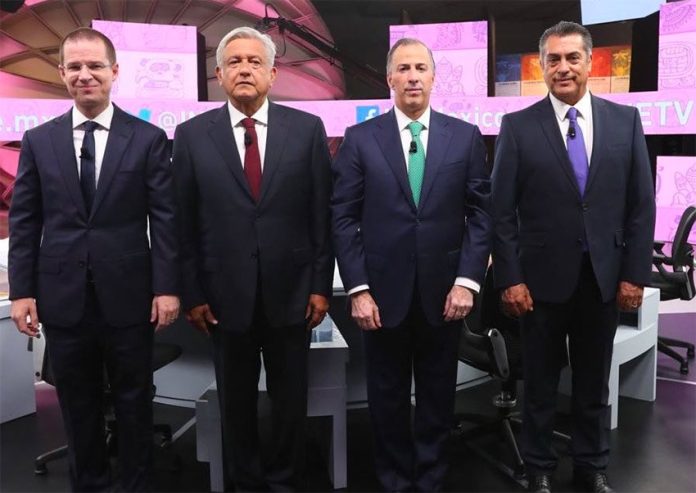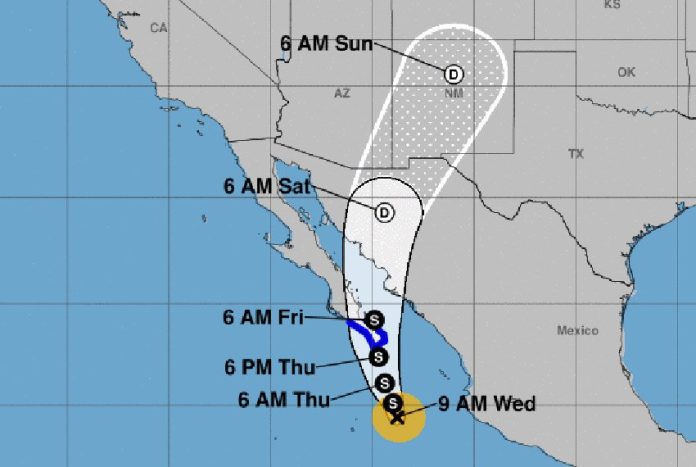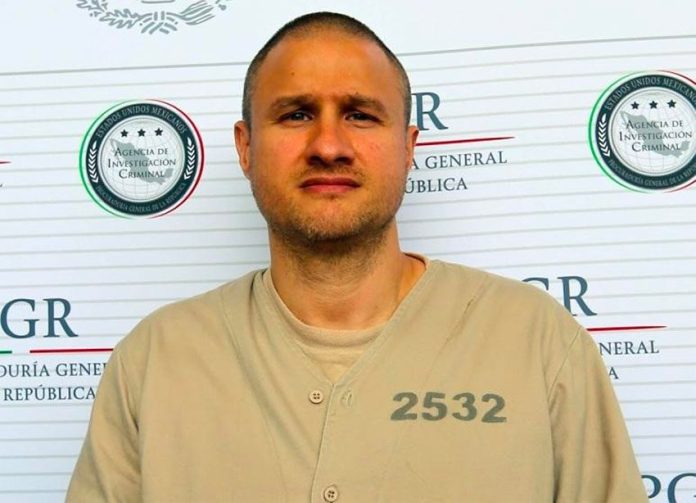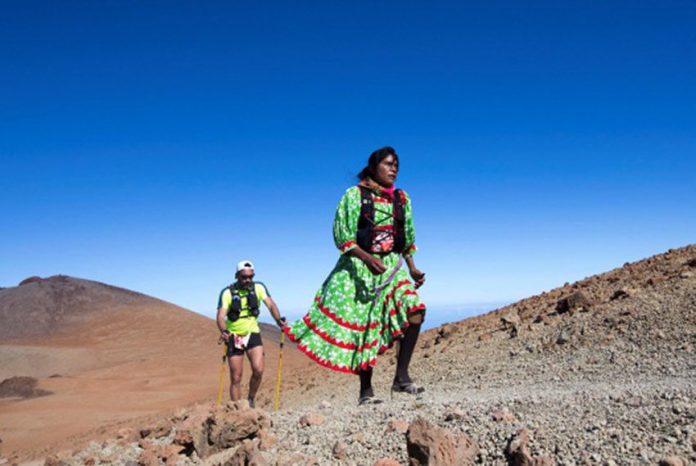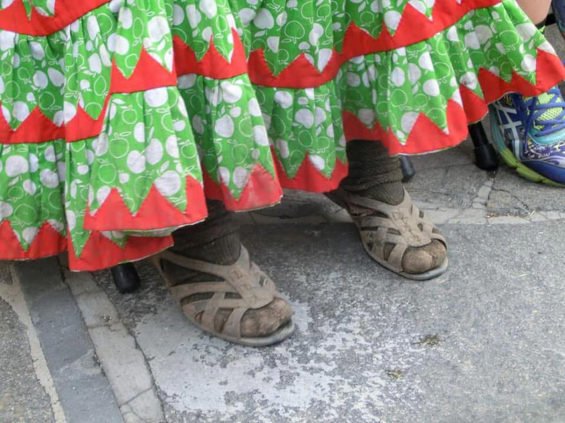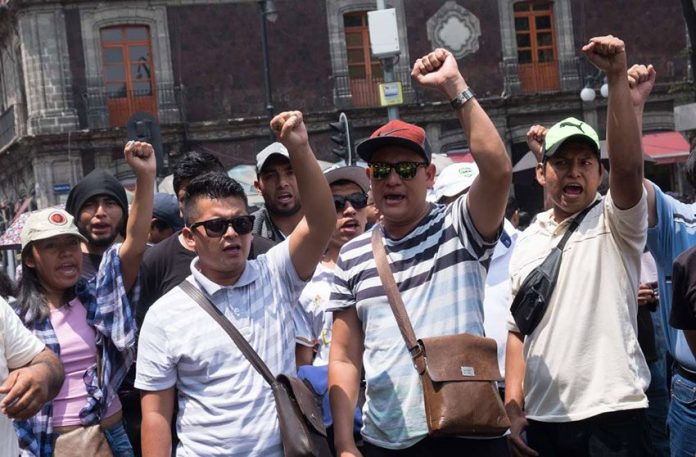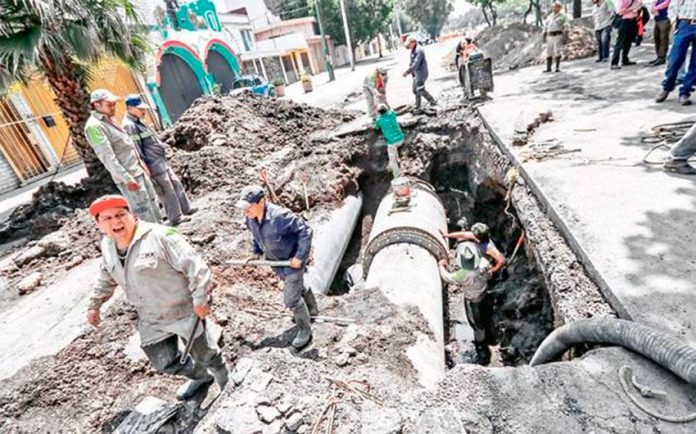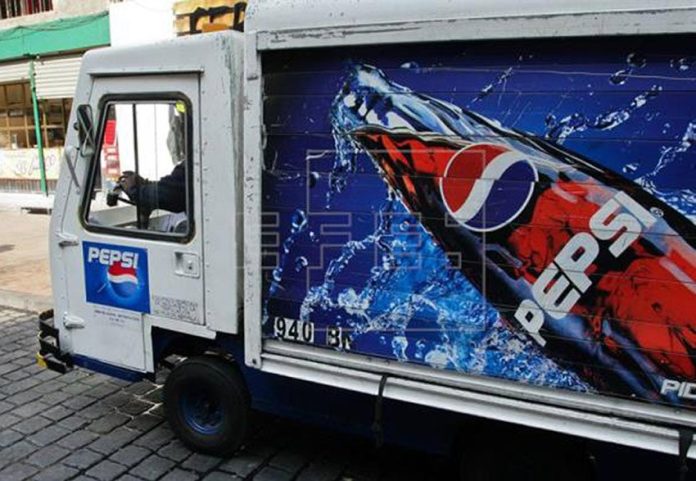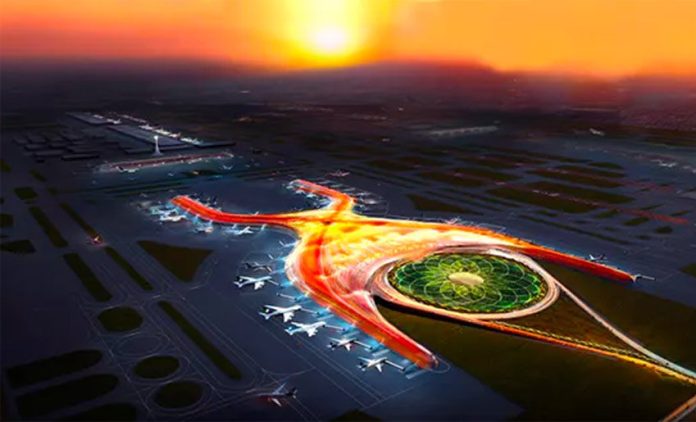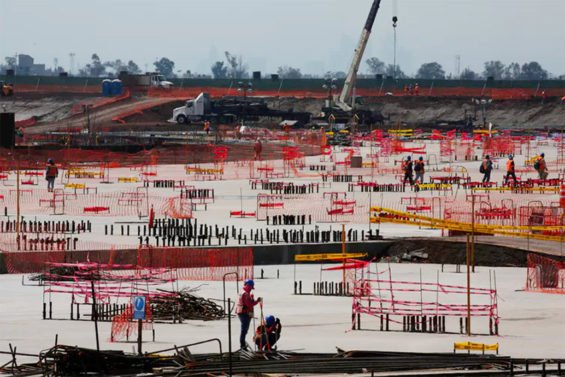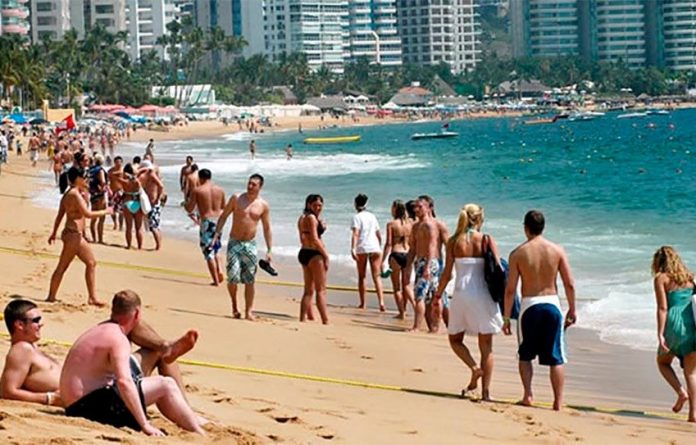Threats and accusations dominated last night’s third and final presidential debate in Mérida, Yucatán, in which candidates offered few detailed policy proposals and concrete answers.
Second-place candidate Ricardo Anaya used at least three of his speaking opportunities to probe Andrés Manuel López Obrador about his alleged relationship with a businessman who Anaya charged was awarded no-bid contracts worth more than 170 million pesos (US $8.2 million at today’s exchange rate) during his term as mayor of Mexico City from 2000 to 2005.
“Andrés Manuel, you’ve turned into what you criticized so much. Like those of the PRI [Institutional Revolutionary Party], you now have your favorite contractors,” he said.
After López Obrador denied the accusation, Anaya held up a placard directing viewers to a website where he said they could see evidence of his claims. But the website was down during the debate and officials from his campaign later claimed that it had likely suffered a cyber-attack.
Anaya also accused the campaign frontrunner of having made a pact of impunity with President Enrique Peña Nieto, repeating a claim that both he and his campaign boss have made in recent days.
“I haven’t seen him in six years,” López Obrador responded before accusing his adversary of having met with the president himself.
However, Anaya said that if he becomes president he will ensure that a corruption investigation into Peña Nieto goes ahead and charged that his adherence to that position was the catalyst for the money laundering accusations leveled against him.
“I’ve been the target of a brutal campaign of attacks, lies and slurs because I dared to say that when I am president of Mexico there will be an autonomous Attorney General’s office to investigate President Enrique Peña Nieto,” Anaya said.
Early in the debate, ruling party candidate José Antonio Meade highlighted the probe into the money laundering scheme that Anaya allegedly benefited from, saying that he is the only candidate under investigation for any wrongdoing.
Just 15 minutes before the debate started, a new video was released which supposedly provides additional evidence of the candidate’s involvement in the scheme.
In turn, Anaya hit back at Meade, charging that he has evidence in his possession which links him to the corruption scandal involving the Brazilian construction company Odebrecht and asserting that he too would face justice alongside Peña Nieto.
But the former finance secretary deflected the attack on to López Obrador by calling into question links that one of his cabinet picks allegedly has to the Brazilian firm, which has been embroiled in scandals in several Latin American countries.
“On the subject of Odebrecht, the question shouldn’t be for me, Ricardo. It should be for Andrés Manuel because Odebrecht’s partner in Mexico is the family of [Javier] Jiménez Espriú, who Andrés Manuel put forward as his secretary of communications and transportation,” Meade said.
He also attacked López Obrador’s economic record when he was Mexico City mayor, charging that the number of jobs created during his administration was much lower than that of his predecessor and successor.
Meade also held up a mock-up of a DVD cover with the title The Great Depression: Mexico 2018-2024, which featured a photo of the third-time candidate.
“It’s a movie that you’re not going to see because Andrés Manuel is going to lose again,” Meade said.
López Obrador brushed off most of the repeated attacks on him but used one of his allocated rebuttals to urge his main rivals to compose themselves, while also highlighting his commanding lead in the polls.
“What fault do I have that you [Anaya and Meade] are tied down at the bottom [of the polls] and you think that here, in the debate, you’re going to make up the 30 points that I lead by. Calm down!”
Independent candidate Jaime “El Bronco” Rodríguez Calderón, meanwhile, added some of his trademark humor amid the clashes.
“I have fun with you [the other candidates]. Now [Anaya] give him [López Obrador] a kiss. Mexico needs the unity of everyone . . .” he said.
The candidates did, at times, focus on the debate’s central topics: economic growth, poverty, health, education and technology.
On the first issue, López Obrador said that he would attempt to maintain the North American Free Trade Agreement (NAFTA) but added that a termination of the treaty “cannot be fatal for Mexicans [because] our country has a lot of natural resources, a lot of wealth.”
However, he also said he wanted to focus on strengthening Mexico’s domestic market and argued that that “Mexico can produce what it consumes.”
Anaya said that under a government he leads “everyone that earns less than 10,000 pesos per month [US $485] will not pay taxes.” He also said he will move to introduce a universal basic income.
Meade claimed that Mexico’s gross domestic product (GDP) could be increased if salary discrepancies between men and women are closed, while Rodríguez charged that savings could be made by shrinking the size of government.
He also said that “there are a lot of lazy people in this country who are receiving government aid.”
The moderators repeatedly pushed the candidates to detail exactly where they would get the resources needed to fund their promises but their answers were light on specific detail.
López Obrador insisted that the money would come from combating corruption, charging that 500 billion pesos (US $24.2 billion) are lost annually to the scourge. Another 300 billion pesos would come from an austerity plan, he said.
Meade only said that the money for his proposals would come from tax efficiency, while Anaya cited “less expenditure and more investment.”
El Bronco said that savings would come from getting rid of all the lazy people in the government.
Mexicans will go to the polls on July 1 to elect not just a new president but also to replace the federal Congress and to fill thousands of municipal and state-level positions.
Opinion polls show López Obrador with a large lead over the other candidates for president while Spanish newspaper El País said last week that there is a 92% probability that he will become Mexico’s next leader.
Source: Milenio (sp), El Financiero (sp)
